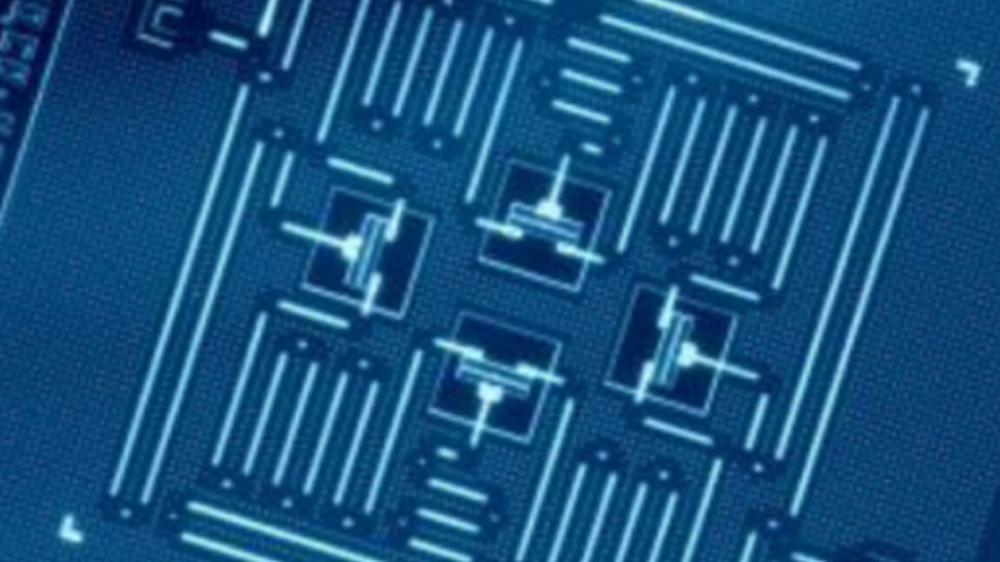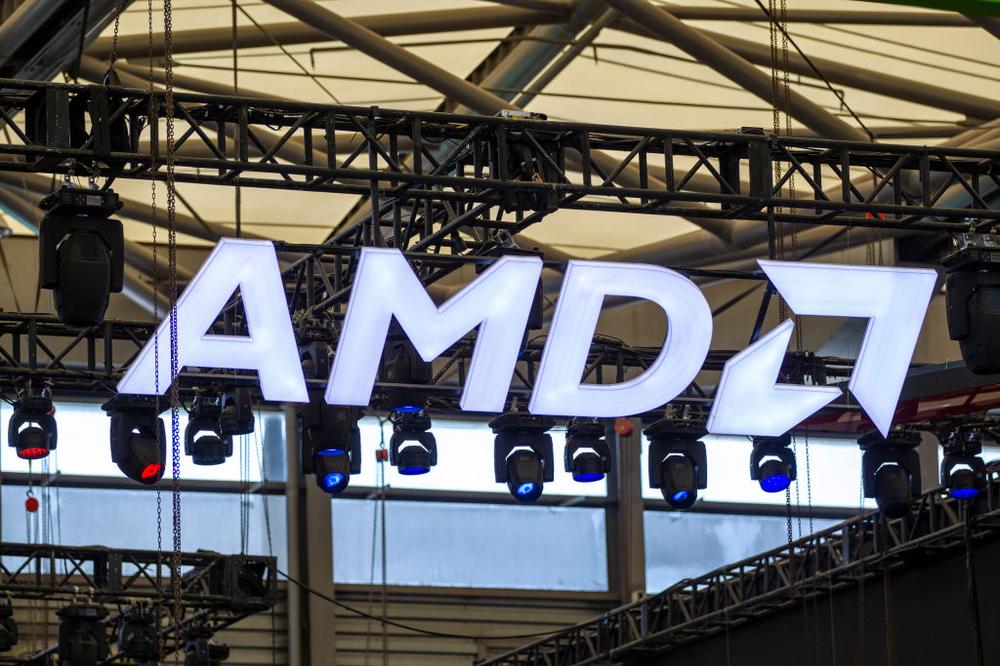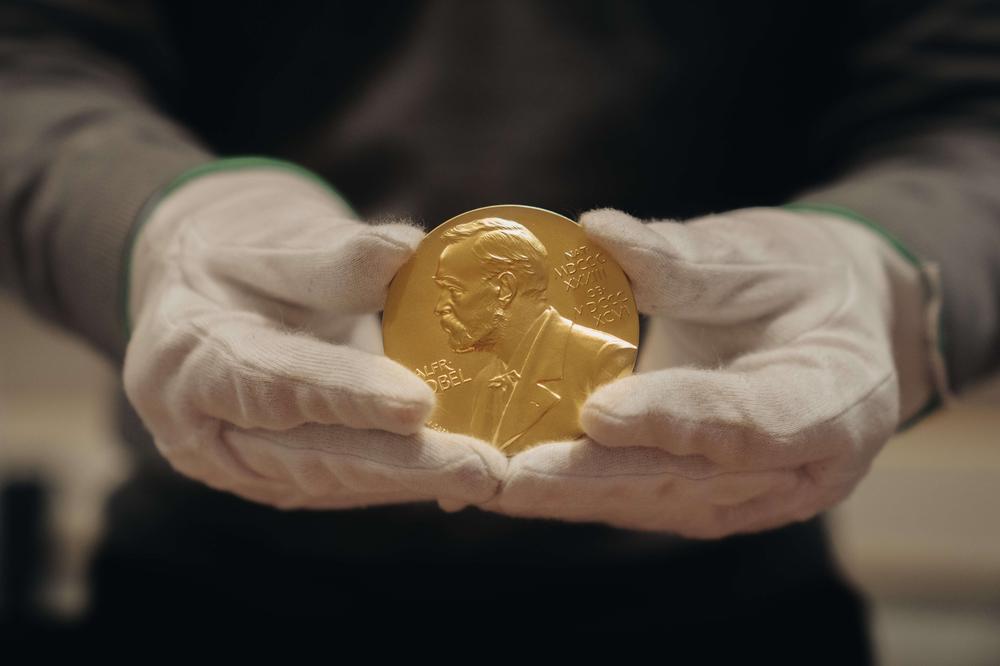The 2025 Nobel Prize in Physics has been awarded to John Clarke, Michel H. Devoret, and John M. Martinis "for the discovery of macroscopic quantum tunneling and energy quantization in an electrical circuit." The Nobel committee said during a media briefing that the laureates' work provides opportunities to develop "the next generation of quantum technology, including quantum cryptography, quantum computers, and quantum sensors." The three men will split the $1.1 million (11 million Swedish kroner) prize money. The presentation ceremony will take place in Stockholm on December 10, 2025.
"To put it mildly, it was the surprise of my life," Clarke told reporters by phone during this morning's press conference. "Our discovery in some ways is the basis of quantum computing. Exactly at this moment where this fits in is not entirely clear to me. One of the underlying reasons that cellphones work is because of all this work."
When physicists began delving into the strange new realm of subatomic particles in the early 20th century, they discovered a realm where the old, deterministic laws of classical physics no longer apply. Instead, uncertainty reigns supreme. It is a world governed not by absolutes, but by probabilities, where events that would seem impossible on the macroscale occur on a regular basis.
For instance, subatomic particles can “tunnel” through seemingly impenetrable energy barriers. Imagine that an electron is a water wave trying to surmount a tall barrier. Unlike water, if the electron's wave is shorter than the barrier, there is still a small probability that it will seep through to the other side.
This neat little trick has been experimentally verified many times. In the 1950s, physicists devised a system in which the flow of electrons would hit an energy barrier and stop because they lacked sufficient energy to surmount that obstacle. But some electrons didn’t follow the established rules of behavior. They simply tunneled right through the energy barrier.
From subatomic to the macroscale
Clarke, Devoret, and Martinis were the first to demonstrate that quantum effects, such as quantum tunneling and energy quantization, can operate on macroscopic scales, not just one particle at a time.
After earning his PhD from University of Cambridge, Clarke came to the University of California, Berkeley, as a postdoc, eventually joining the faculty in 1969. By the mid-1980s, Devoret and Martinis had joined Clarke's lab as a postdoc and graduate student, respectively. The trio decided to look for evidence of macroscopic quantum tunneling using a specialized circuit called a Josephson junction—a macroscopic device that takes advantage of a tunneling effect that is now widely used in quantum computing, quantum sensing, and cryptography.
A Josephson junction—named after British physicist Brian Josephson, who won the 1973 Nobel Prize in physics—is basically two semiconductor pieces separated by an insulating barrier. Despite this small gap between two conductors, electrons can still tunnel through the insulator and create a current. That occurs at sufficiently low temperatures, when the junction becomes superconducting as electrons form so-called "Cooper pairs."
The team built an electrical circuit-based oscillator on a microchip measuring about one centimeter in size—essentially a quantum version of the classic pendulum. Their biggest challenge was figuring out how to reduce the noise in their experimental apparatus. For their experiments, they first fed a weak current into the junction and measured the voltage—initially zero. Then they increased the current and measured how long it took for the system to tunnel out of its enclosed state to produce a voltage.
They took many measurements and found that the average current increased as the device's temperature falls, as expected. But at some point, the temperature got so low that the device became superconducting and the average current became independent of the device's temperature—a telltale signature of macroscopic quantum tunneling.
The team also demonstrated that the Josephson junction exhibited quantized energy levels—meaning the energy of the system was limited to only certain allowed values, just like subatomic particles can gain or lose energy only in fixed, discrete amounts—confirming the quantum nature of the system. Their discovery effectively revolutionized quantum science, since other scientists could now test precise quantum physics on silicon chips, among other applications.
Lasers, superconductors, and superfluid liquids exhibit quantum mechanical effects at the macroscale, but these arise by combining the behavior of microscopic components. Clarke, Devoret, and Martinis were able to create a macroscopic effect—a measurable voltage—from a macroscopic state. Their system contained billions of Cooper pairs filling the entire superconductor on the chip, yet all of them were described by a single wave function. They behave like a large-scale artificial atom.
In fact, their circuit was basically a rudimentary qubit. Martinis showed in a subsequent experiment that such a circuit could be an information-bearing unit, with the lowest energy state and the first step upward functioning as a 0 and a 1, respectively. This paved the way for such advances as the transmon in 2007: a superconducting charge qubit with reduced sensitivity to noise.
“That quantization of the energy levels is the source of all qubits,” said Irfan Siddiqi, chair of UC Berkeley's Department of Physics and one of Devoret's former postdocs. “This was the grandfather of qubits. Modern qubit circuits have more knobs and wires and things, but that’s just how to tune the levels, how to couple or entangle them. The basic idea that Josephson circuits could be quantized and were quantum was really shown in this experiment. The fact that you can see the quantum world in an electrical circuit in this very direct way was really the source of the prize.”
So perhaps it is not surprising that Martinis left academia in 2014 to join Google's quantum computing efforts, helping to build a quantum computer the company claimed had achieved "quantum supremacy" in 2019. Martinis left in 2020 and co-founded a quantum computing startup, Qolab, in 2022. His fellow Nobel laureate, Devoret, now leads Google's quantum computing division and is also a faculty member at the University of California, Santa Barbara. As for Clarke, he is now a professor emeritus at UC Berkeley.
"These systems bridge the gap between microscopic quantum behavior and macroscopic devices that form the basis for quantum engineering," Gregory Quiroz, an expert in quantum information science and quantum algorithms at Johns Hopkins University, said in a statement. "The rapid progress in this field over the past few decades—in part fueled by their critical results—has allowed superconducting qubits to go from small-scale laboratory experiments to large-scale, multi-qubit devices capable of realizing quantum computation. While we are still on the hunt for undeniable quantum advantage, we would not be where we are today without many of their key contributions to the field.”
As is often the case with fundamental research, none of the three physicists realized at the time how significant their discovery would be in terms of its impact on quantum computing and other applications.
“This prize really demonstrates what the American system of science has done best,” Jonathan Bagger, CEO of the American Physical Society, told the New York Times. “It really showed the importance of the investment in research for which we do not yet have an application, because we know that sooner or later, there will be an application.”

 Wall Street analysts explain how AMD’s own stock will pay for OpenAI’s billions in chip purchases
Wall Street analysts explain how AMD’s own stock will pay for OpenAI’s billions in chip purchases